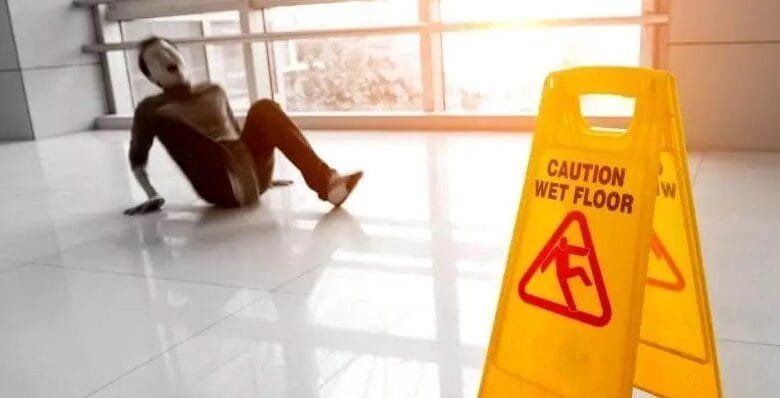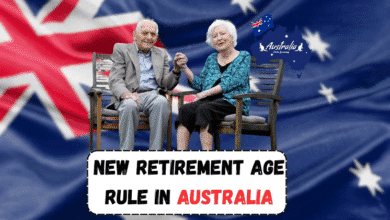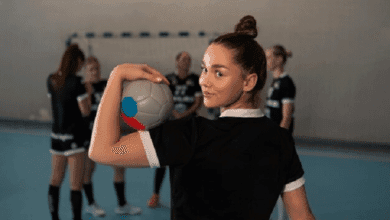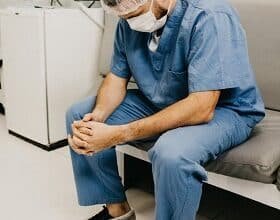Safety First: Preventing Slip and Fall Accidents in Everyday Life

Key Takeaways
- Understanding common causes of slip and fall incidents can help prevent them effectively.
- Implementing safety measures at home and in workspaces reduces risk significantly.
- The aging population requires specific attention to slip and fall prevention.
- Legal and health resources are essential when managing slip and fall accidents.
Why Slip and Fall Accidents Are More Common Than You Think
Slip and fall accidents are recognized as minor mishaps and substantial occurrences with potentially serious consequences. In everyday settings, both public and private, these incidents occur more frequently than many assume. The causes of these accidents often involve everyday environments that one might overlook, underscoring the need for constant vigilance. As per insights from the National Safety Council, falls are among the leading causes of workplace injuries. This startling statistic highlights the extensive reach of the problem, making awareness and preventive strategies even more critical.
The Usual Suspects: Common Causes of Slip and Fall Incidents
The culprits behind slip and fall accidents can often be traced to common environmental issues. Engaging with professionals, such as an Ocala slip and fall lawyer, becomes crucial for navigating the legal aspects. Wet floors, frequently resulting from spills or cleaning, top the list of hazards. Weather conditions like rain or snow contribute significantly, leaving surfaces slippery and treacherous. Poor lighting is another major factor, as it impairs visibility and increases the likelihood of missteps. Uneven surfaces, whether cracked pavements or improperly maintained stairs, further exacerbate the risk. Addressing these issues with feasible interventions—such as installing bright lights, implementing frequent maintenance, and utilizing indoor mats—can drastically reduce accidents. Thus, informed and proactive measures are indispensable in minimizing slip and fall incidents.
Creating a Safer Home: Tips for Reducing Slip and Fall Risks
Your home should ideally serve as a safe environment, free from hazards that could lead to accidents. Implementing specific safety measures not only safeguards against falls but also enhances the overall livability of the space. Using non-slip mats, particularly in high-risk areas like kitchens and bathrooms, can help. It is just as essential to secure rugs that might skid underfoot or, better yet, remove them. Installing adequate lighting ensures all areas, including staircases and entryways, are well-lit and less prone to hazards. Furthermore, keeping walkways clear of obstacles and cleaning spills promptly can prevent unwanted falls. These small yet significant changes create a secure living environment.
Age Matters: Special Considerations for Seniors
The elderly demographic is particularly vulnerable to slip and fall accidents due to reduced balance and mobility issues. Older adults, therefore, require specific safety considerations to prevent incidents. Modifying living spaces to accommodate age-related changes is essential, with features like bathroom grab bars, non-slip flooring solutions, and sufficient lighting providing added security. The CDC emphasizes the importance of regular physical activity in maintaining muscle strength and balance, which can significantly diminish the risk of falls. Tailored exercise programs that focus on enhancing balance and coordination are particularly beneficial. Creating age-friendly spaces, therefore, is about understanding and addressing the unique needs of seniors.
Workplace Measures: Policies and Practices
Fostering a safety culture is a legal and moral requirement in any professional environment. Workplace measures should include comprehensive safety training sessions and the establishment of clear policies regarding hazard reporting. Employers can facilitate a safer environment by providing slip-resistant footwear to employees and ensuring all pathways are well-maintained and free from obstructions. Regular safety audits and updates to equipment and flooring can further prevent accidents. Encouraging open communication where employees can report unsafe conditions without fear of reprisal is also key. These practices demonstrate a commitment to safety, protecting employees, and reducing workplace accident liability.
Valuable Resources for Accident Management
Accidents may still occur despite the best preventive measures, necessitating a well-prepared response to manage the aftermath effectively. Being equipped with essential resources can ease the process significantly. Immediate medical evaluation is crucial to assess the extent of any injury and receive necessary treatment. Legal consultation is vital to understand rights and explore potential claims, especially where negligence might be involved. Keeping emergency contacts accessible, including local healthcare providers and legal experts, is a practical step. Preparedness and awareness are thus integral to managing slip and fall cases efficiently and ensuring a swift resolution.
Slip and Fall Incidents: The Legal Perspective
The complexities of navigating the legal ramifications following a slip and fall incident require thorough understanding. The crux of legal discussions often centers around negligence and whether reasonable steps are taken to ensure safety. Parties responsible for a location must adhere to safety and maintenance standards to avoid liability claims. Consulting with legal professionals, particularly those specializing in personal injury or slip and fall cases, can help protect rights and navigate legal complexities. Understanding these legalities ensures compliance and the well-being of all individuals involved in maintaining public and private spaces.



